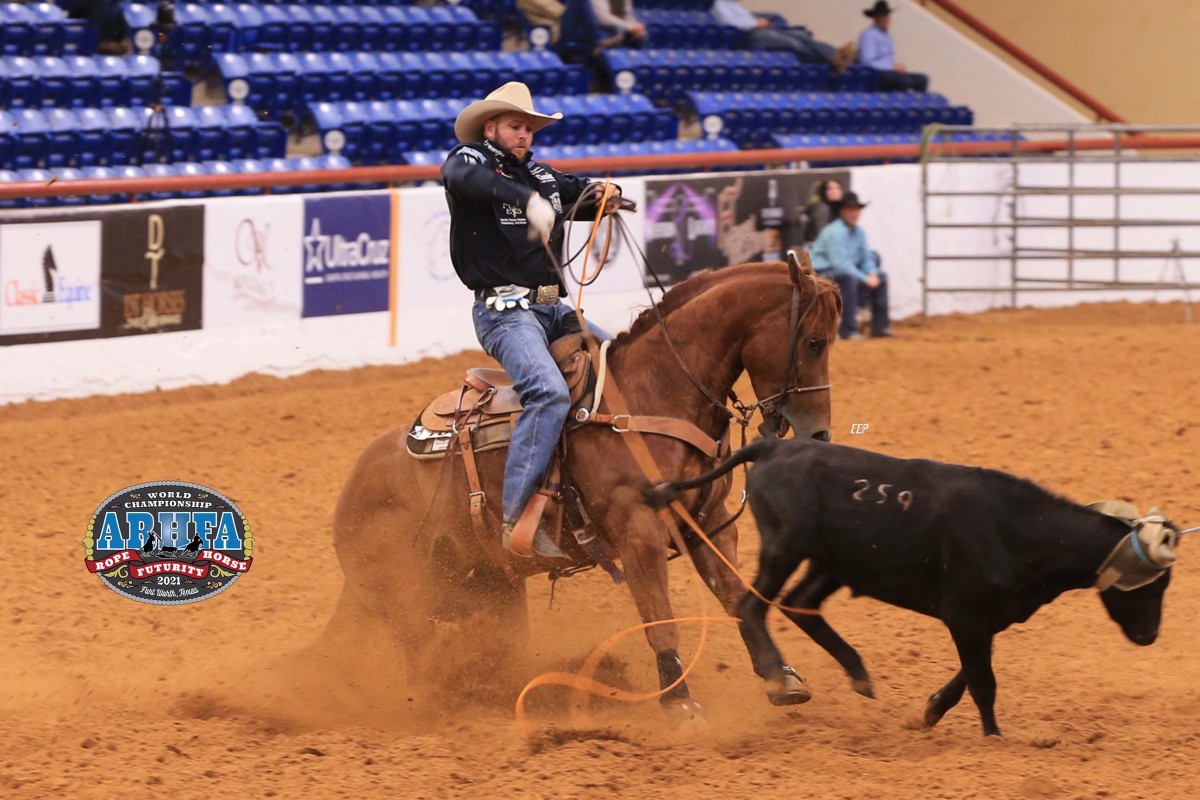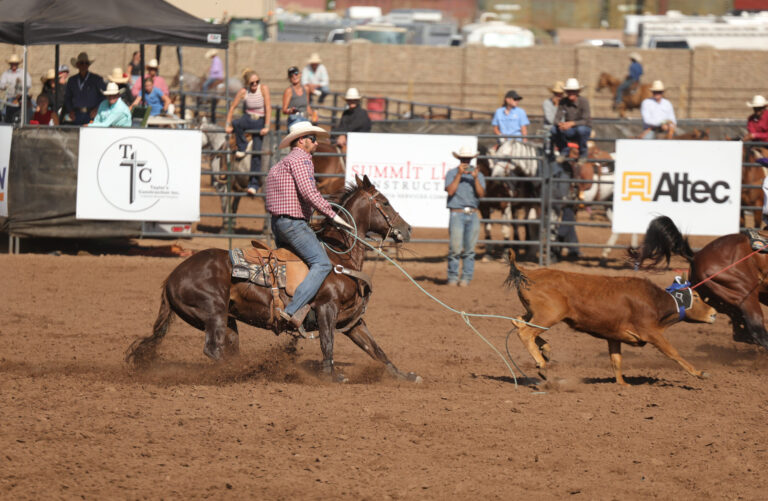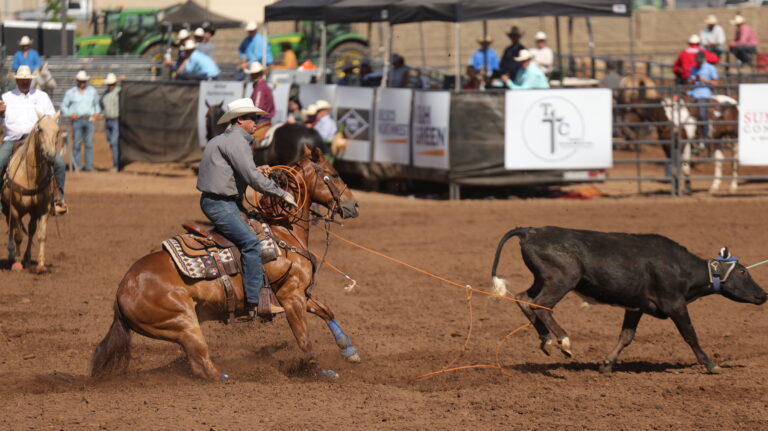We wrote this column as we were getting home from the American Rope Horse Futurity Association’s World Championships. While Miles (Baker) and I prepare our horses year-round to be at the top of our game, I’d be lying if I said the ARHFA World Championships wasn’t the Super Bowl of what we’re working toward day in and day out.
I was super happy with our horses, and I think, looking back, the mistakes that were made were by myself or Miles. I hate to put Miles under that umbrella with me, but we’re who rode our 10 futurity horses. They won good there, and the Relentless Remuda as a whole was very, very strong.
Ultimately, the results dictate what you need to change in your process. I feel like we made mistakes, and the mistakes were made—for the most part—because we were trying to rope to best showcase our horses and not to complete the course. It’s different than performance at a rodeo or jackpot: It doesn’t matter how your run looks at a rodeo, so roping at the futurity is different because, in the back of your mind, you’re wanting to rope based on where the horse is in the run and how he’ll look when you throw that rope.
The mistakes we made weren’t for a lack of practice. It had to do with trying to do too much showing instead of roping and letting it take care of itself. We’re still learning the rope-show combination. That’s an evolving thing for me. That’s stuff that’s hard to practice at home, but it’s evident I need to put myself in more scenarios where I learn it in competition.
I’ve been focused on showing for three full years, and that’s still something more challenging than completing the course as a jackpot, all though that’s still the underlying theme. You can’t complain about judges or anything unless you complete the course. But at a futurity, I take a shot depending on where my horse is instead of where I know my catch percentage is. I’m in situations where I know I’ve got a 90% chance if I take one more swing, but my horse will look better if I throw now but it’s only a 70% chance it works. It’s roping outside my comfort zone.

Joseph Harrison is a prime example of doing it well. He’s the best in the business when it comes to it. That’s something the general public needs to know who watches these futurities, especially as they continue to grow. The guys at the top level are thinking so much more than they would be at a normal jackpot. It’s so much more calculated. And it’s really hard to define that calculation other than the fact that you’re not always doing it in your comfort zone.
It’s a matter of being mindful of it. That’s the only way to get better at anything—knowing that it’s a weakness and addressing it. I’ve got to put my name in the hat more and not put the blame on outside circumstances. There’s a lot of people who’ve shown horses in more of those circumstances than I have. I’m not a veteran when it comes to that, so there are things I’ll need to work on that I’ve never worked on before. And at this stage of the game, that’s the part of this challenge I like most. TRJ











